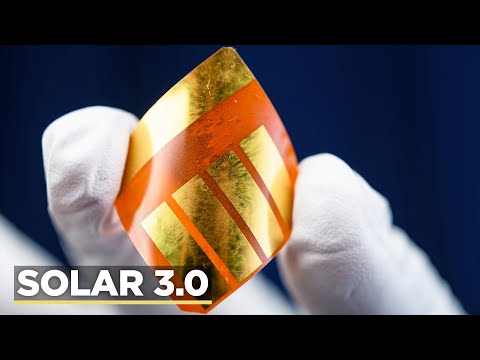At the heart of any solar panel lies a photovoltaic (PV) cell. These cells are made up of layered semiconductor materials, typically silicon, that have unique electrical properties. When sunlight hits one of these cells, it excites electrons within the material, causing them to be released from their atoms. This creates an electric current as these energized electrons start flowing through the cell.
To enhance the efficiency of solar panels, multiple PV cells are connected together into a module or array. This interconnection allows for a greater surface area to absorb sunlight and subsequently generate more electricity. The modules are then linked together to form a solar panel capable of producing substantial amounts of power.
But how do solar panels consistently generate electricity even when it’s not sunny outside? The answer lies in their ability to utilize not only direct sunlight but also diffuse light on cloudy days. While direct sunlight is the most effective in producing electrical energy, scattered light can still excite electrons within the PV cells but at a lower rate. Therefore, solar panels can still capture and convert diffuse light into electricity even when the sun is hidden behind clouds.
Additional components within solar panel systems play crucial roles in ensuring efficient energy conversion. One such component is an inverter, which converts direct current (DC) electricity produced by the solar panels into alternating current (AC) electricity used to power homes and businesses. AC electricity works with our existing electrical grid system effortlessly and can be used to run appliances or feed excess power back into the grid.
Storage is another important aspect when it comes to maximizing solar panel efficiency – even during nighttime or cloudy periods. Batteries, such as lithium-ion or lead-acid batteries, can store excess electricity generated during bright sunny days. This stored energy can then be used when sunlight is limited, effectively becoming a source of power during periods of low solar input.
As we witness an ever-increasing shift towards renewable energy sources, solar panels have emerged as a promising solution. They not only generate electricity without emissions or pollution but also reduce dependence on traditional fossil fuels that harm our environment. Additionally, by utilizing free and abundant sunlight, solar panels provide an almost inexhaustible source of power.
It is important to continue researching and advancing solar panel technology to improve their efficiency and reduce costs. Governments around the world are investing in solar energy initiatives to encourage the adoption of this clean energy source and make it more accessible to the masses.
In conclusion, solar panels work by employing a combination of semiconductors and photovoltaic cells to capture the sun’s energy and convert it into usable electricity. Through this clean and sustainable energy solution, we can take significant strides towards mitigating climate change, reducing environmental impact, and transitioning towards a greener future.





